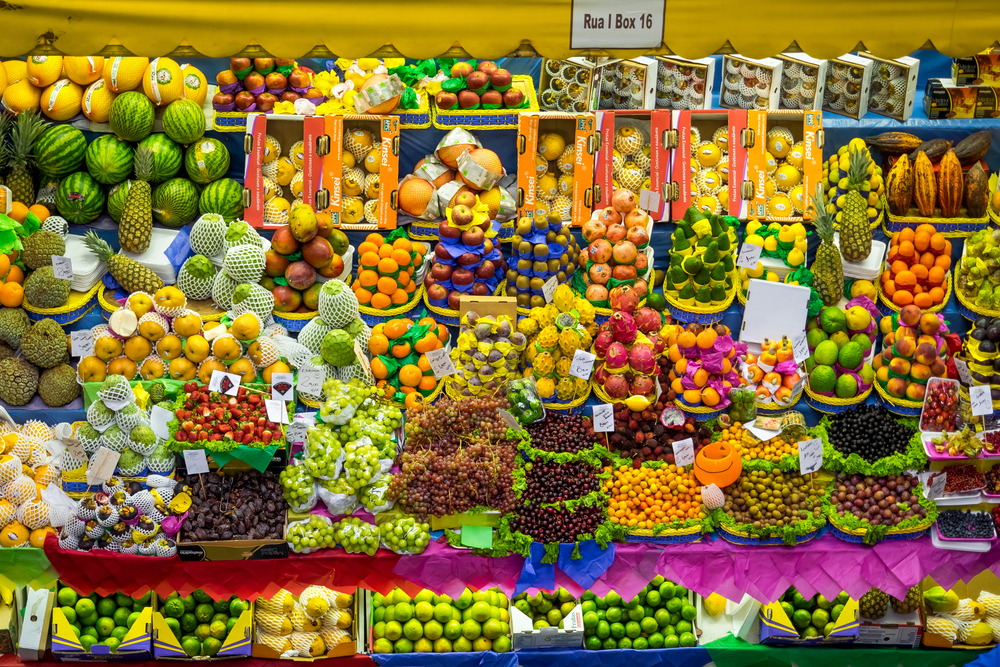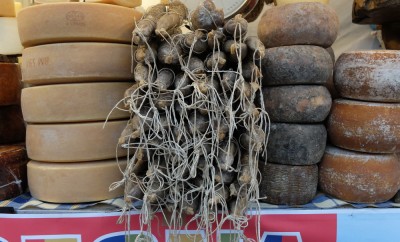City Travel
Brazilian Food Culture

Image: R.M. Nunes Shutterstock.com
The food of Brazil is an interesting mix of cultures that have come together to create the modern Brazilian food culture. The original indigenous peoples of Brazil, the Portuguese, and the African slaves, brought by the Portuguese, have all had a part in creating this cuisine.
It is no secret that the Amazon rainforest is a bounty of species. The biodiversity of the Amazon basin provides innumerable plants for food and medicines. The Amazon Rainforest is has been called the new culinary frontier by the likes of Anthony Bourdin, the legendary Ferran Adria, and Alex Atala (Brazilian chef and founder of the world renowned restaurant D.O.M.) The knowledge of edible and medicinal species of the Amazon Rainforest are passed to the rest of the world from the indigenous populations of that region. The roots of Brazilian food culture starts with these indigenous people, who are considered the lowest class by the dominating European influence on Brazilian culture. The indigenous pallet of ingredients include hundreds of fish species, acai, cocoa, cashews, Brazil nuts, corn, countless fruits, and cassava root, that is used to make farofa that is used in almost all of Brazilian cuisine. The rainforest’s importance for food, medicine, and as a carbon sink for the globe makes it’s preservation and important issue. The trend of a “Rainforest to Table” movement is creating a market for those indigenous items while creating a means for the empowerment of indigenous people to earn a living while protecting the forest.
The arrival of the Portuguese to Brazil in the sixteenth century brought with them European ingredients and techniques. The Portuguese introduced cattle, pigs, salt cod, sugar, and coffee to the food culture of Brazil. The sugar sweetened desserts and heavily sweetened coffee that is enjoyed in brazil are of Portuguese origin. The use of beef is ubiquitous with Brazilian restaurants in the United States, but is mostly found in the southern regions of the country. Pork is used in several regional cuisines including the national dish of feijoada. However, the influence of the African slaves was the most important element of Brazilian food culture that was brought by the Portuguese.
African slaves were brought to Brazil to work the sugar, coffee, rice, and rubber plantations of the Portuguese settlers. More slaves were imported to Brazil than any other western country, and Brazil was the last western country to abolish slavery. These African slaves are responsible for a great portion of Brazilian food culture. The slaves brought rice, okra, palm oil, and several other ingredients to Brazil, but the most important contribution to the food culture was how to bring all of the various ingredients and influences together in to the Brazilian food culture that we know today. The story of the slaves, as it pertains to the food culture, is one of innovation. An example of this innovation is the use of the run off from sugar processing to create the spirit Cachaça, which has become the national alcohol of Brazil. The national dish of Brazil is feijoada, which is a version of the Portuguese dish “Moors and Christians” (black beans and rice). There are similarities in the slave cuisine of Brazil and the soul food of the American South because they are both cuisines that are based on innovating with whatever ingredients available. The African slaves are the most responsible for the national cuisine of Brazil.
In Brazil, having a servant to cook and clean is the sign of a middle-class household. The need to be thought of as middle or upper class is very important to the status of Brazilians. Many of the inhabitants of the favelas in major Brazilian cities are the servants of the middle and upper class (Goldstein, 2013). The lower classes cook in the style that they are familiar with, and that style has its roots in slave cooking and indigenous ingredients. The result of this system is that the lower classes are determining the national cuisine of Brazil from the bottom up. Brazilian food is comfort food in the purest sense of the term.
For further reading:
Brazilian Food: Race Class and Identity in Regional Cuisines



0 comments